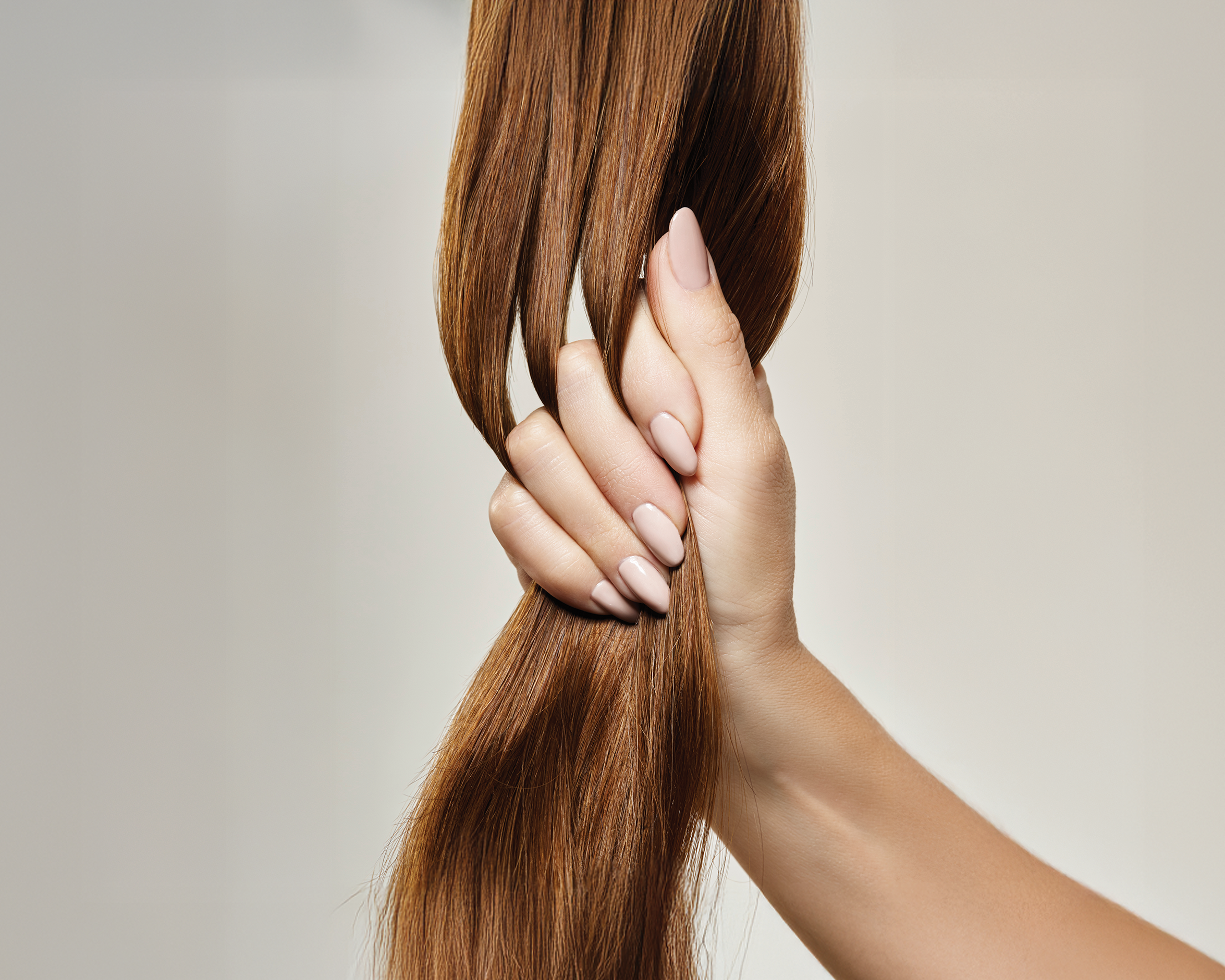Hair loss is normal (in both men and women) and part of the hair growth cycle. However, panic sets in fast when you notice more and more hair tangled in your brush, or on your pillow when you wake up, or clogging up your shower drain.
Before you buy every ‘miracle’ hair supplement and growth-boosting shampoo on the shelf, it’s worth knowing about one of the biggest culprits behind hair loss: hormones.
Hairs on end
According to UCLA Health, hair loss affects up to 40% of women by the age of 50, and in many cases the cause isn’t just genetics or ageing; it’s hormonal imbalances triggered by life changes, stress or medical conditions.
“Hormones act as chemical messengers in the body, regulating numerous physiological processes, including the hair growth cycle,” says Dr Altaaf Parker, a Cape Town specialist dermatologist and hair-transplant surgeon.
When hormones are imbalanced, it can disrupt the normal growth (anagen), rest (telogen) and shedding (catagen) phases of the hair cycle, often resulting in excessive hair thinning or loss.
“Androgens play a major role in hair loss, particularly dihydrotestosterone (DHT). Elevated DHT levels shrink hair follicles, leading to androgenetic alopecia, commonly known as male or female pattern baldness,” Dr Parker explains. In addition, “an underactive (hypothyroidism) or overactive thyroid (hyperthyroidism) can disrupt the hair growth cycle, causing diffuse hair thinning across the scalp.”
Common hormone-linked causes of hair loss include:
Pregnancy and after childbirth
During pregnancy, high oestrogen levels keep hair in a ‘growth’ phase longer, which is why many women report thicker, glossier hair. But once oestrogen levels drop after giving birth, hair often enters a ‘shedding’ phase. This condition, known as telogen effluvium, usually peaks around 3-6 months postpartum.
View this post on Instagram
Perimenopause and menopause
As oestrogen and progesterone decrease during this phase of a woman’s life, androgens (male hormones) like testosterone can become more dominant. This can lead to female pattern hair loss (FPHL), usually visible as thinning along the crown or widening of the part line.
PCOS (Polycystic Ovary Syndrome)
High levels of androgens in women with PCOS can cause hirsutism (excess hair growth in unwanted places) and scalp hair thinning or balding.
Stress and cortisol
Emotional or physical stress tend to spike cortisol levels, which can disrupt the natural hair-growth cycle and trigger temporary hair loss.
According to the American Academy of Dermatology, the average person loses 50 to 100 hairs a day, and that’s totally normal. But if you’re losing more than that, or noticing changes in the thickness of your hair or your hairline, it may be time to see a dermatologist or endocrinologist. Blood tests can help uncover hormone-related causes like thyroid disorders or high androgen levels, and iron deficiency.
Hair loss can be a deeply emotional experience, especially when it’s tied to hormonal changes beyond your control. But with the right information and the right tools, many people can regain not just their hair but their confidence. If you’re struggling, don’t wait too long to seek help. Because when it comes to hormonal hair loss, early action makes all the difference.
Treatment Spotlight: Minoxidil
One of the most well-researched and effective over-the-counter treatments for hair loss is minoxidil, the active ingredient in products like Regaine (or Rogaine in other countries). Originally developed to treat high blood pressure, it was later discovered to promote hair growth when applied topically. Minoxidil increases blood flow to the scalp and stimulates hair follicles to move into the growth (anagen) phase. It doesn’t target hormones directly, but it can help offset the visible effects of hormonal hair loss.
Studies show that up to 60% of women using minoxidil 5% foam for six months experienced improved hair density or slowed hair loss. However, it requires consistency — results usually start showing after three to six months of daily use.
Top tips for using minoxidil
- Apply it once daily to a dry scalp, preferably before bed.
- Be patient. Early on, you might notice more shedding. That’s a sign the product is working to push old hairs out and make way for new growth.
- Don’t stop treatment suddenly. Discontinuing use can cause new hair to fall out again.
- Minoxidil use is generally not recommended if you’re pregnant or breastfeeding.
Other hair-saving strategies
While minoxidil can help, it’s not the only tool in your kit. Managing hormonal hair loss often requires a multi-pronged approach:
- Balance your hormones: Address PCOS, thyroid issues or menopausal changes with professional guidance to help reduce hair loss at the source.
- Eat for healthy hair: Protein, iron, biotin, zinc and omega-3s all support hair growth.
- Reduce stress: Regular exercise, meditation and good sleep can bring down cortisol levels.
- Avoid heat and tension: Tight braids, overstyling and chemical treatments can make fragile hair more prone to falling out.
By: Charndré Emma Kippie
Photography by: Gallo/Getty images
Text courtesy of Club magazine
Also read: Your travel-friendly haircare guide







